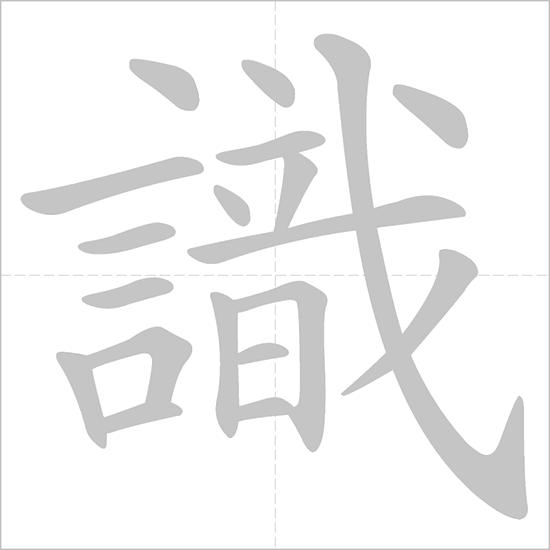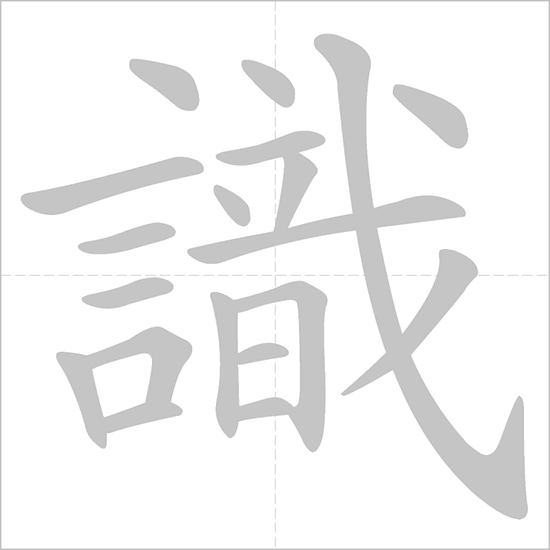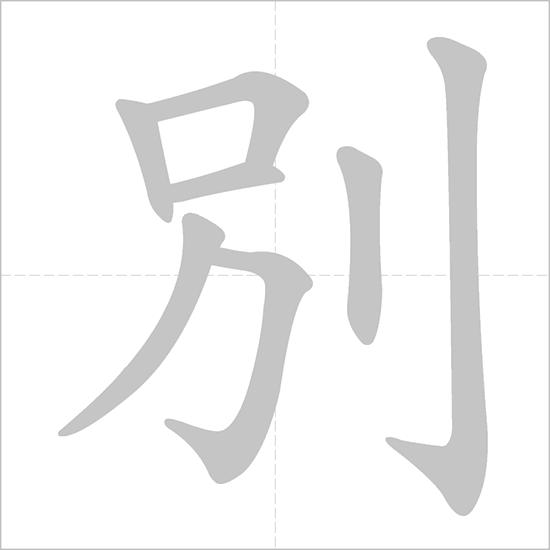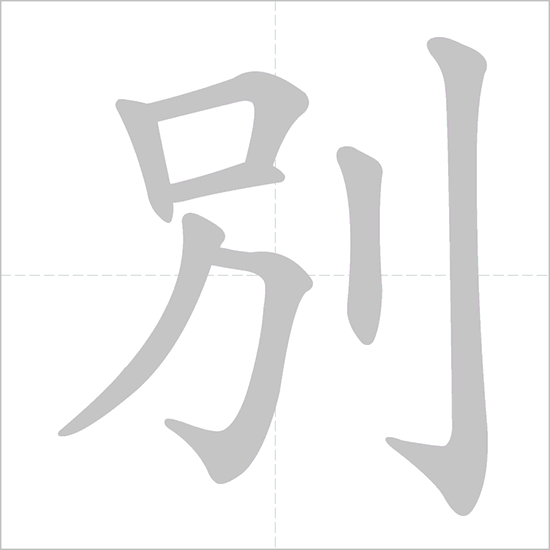Showing Results in:
- ENGLISH
- SEE TRADITIONAL
- SEE CANTONESE
-
Tone
Phonetics: Tone colors (āáǎàa):
Recent Searches:
Learn more about 識別
- Written Chinese
- Dictionary
- "識別" Character Details
| Pinyin | Yale | Jyutping | English Definition for Chinese Text |
|---|---|---|---|
| sik1 bit6 | sik1 bit6 | to distinguish / to discern |
| Traditional Chinese | Pinyin | Yale | Jyutping | English Definition for Chinese Text |
|---|---|---|---|---|
| sik1 | sik1 | to know / knowledge / Taiwan pr. [shi4] | ||
| bit6 | bit6 | to leave / to depart / to separate / to distinguish / to classify / other / another / do not / must not / to pin / to stick (sth) in / surname bie |
How do you remember 識別 ?
Post your photos, example sentences and daily homework here to share with the Chinese learning community.
How to use 識別 in a Sentence
Such fallacies are not easily perceived.
Blind persons can often recognize objects by feeling them.
She learned how to identify medicinal herbs from a traditional Chinese doctor.
- 碎 suì
- 屑 xiè
- 岩 yán
- 相 xiāng
- 模 mó
- 式 shì
- 的 de
- 識 shí
- 別 bié
- 是 shì
- 帶 dài
- 有 yǒu
- 一 yī
- 定 dìng
- 系 xì
- 統 tǒng
- 性 xìng
- 的 de
- . .
Clastic facies pattern recognition is somewhat systematic.
- 它 tā
- 們 men
- 通 tōng
- 常 cháng
- 把 bǎ
- 注 zhù
- 意 yì
- 力 lì
- 集 jí
- 中 zhōng
- 在 zài
- 作 zuò
- 用 yòng
- 的 de
- 易 yì
- 於 yú
- 識 shí
- 別 bié
- 的 de
- 尺 chǐ
- 度 dù
- 上 shàng
- . .
They commonly focus attention upon easily recognizable criteria of action.
- 這 zhè
- 種 zhǒng
- 機 jī
- 器 qì
- 能 néng
- 夠 gòu
- 識 shí
- 別 bié
- 手 shǒu
- 寫 xiě
- 字 zì
- 體 tǐ
- , ,
- 並 bìng
- 將 jiāng
- 其 qí
- 轉 zhuǎn
- 化 huà
- 為 wéi
- 打 dǎ
- 印 yìn
- 文 wén
- 本 běn
- 。 。
The machine can recognise hand-written characters and turn them into printed text.
- 等 děng
- 他 tā
- 試 shì
- 過 guò
- 識 shí
- 別 bié
- 所 suǒ
- 有 yǒu
- 的 de
- 物 wù
- 品 pǐn
- 后 hòu
- , ,
- 你 nǐ
- 們 men
- 可 kě
- 以 yǐ
- 互 hù
- 換 huàn
- 角 jiǎo
- 色 sè
- , ,
- 讓 ràng
- 他 tā
- 來 lái
- 測 cè
- 試 shì
- 你 nǐ
- 。 。
When he has tried to identify all the items, you can change places, and he can test you.
- 全 quán
- 酶 méi
- 還 hái
- 能 néng
- 識 shí
- 別 bié
- D D
- N N
- A A
- 雙 shuāng
- 鏈 liàn
- 分 fēn
- 子 zǐ
- 上 shàng
- 的 de
- 特 tè
- 定 dìng
- 核 hé
- 苷 gān
- 酸 suān
- 序 xù
- 列 liè
- ( (
- 起 qǐ
- 動 dòng
- 基 jī
- 因 yīn
- ) )
- . .
The holoenzyme recognizes specific nucleotide sequences on the DNA duplex ( promoters ).
- Chinese Characters with 1 Stroke
- Chinese Characters with 2 Strokes
- Chinese Characters with 3 Strokes
- Chinese Characters with 4 Strokes
- Chinese Characters with 5 Strokes
- Chinese Characters with 6 Strokes
- Chinese Characters with 7 Strokes
- Chinese Characters with 8 Strokes
- Chinese Characters with 9 Strokes
- Chinese Characters with 10 Strokes
- Chinese Characters with 11 Strokes
- Chinese Characters with 12 Strokes
- Chinese Characters with 13 Strokes
- Chinese Characters with 14 Strokes
- Chinese Characters with 15 Strokes
- Chinese Characters with 16 Strokes
- Chinese Characters with 17 Strokes
- Chinese Characters with 18 Strokes
- Chinese Characters with 19 Strokes
- Chinese Characters with 20 Strokes
- Chinese Characters with 21 Strokes
- Chinese Characters with 22 Strokes
- Chinese Characters with 23 Strokes
- Chinese Characters with 24 Strokes
- Chinese Characters with 25 Strokes
- Chinese Characters with 26 Strokes
- Chinese Characters with 27 Strokes



